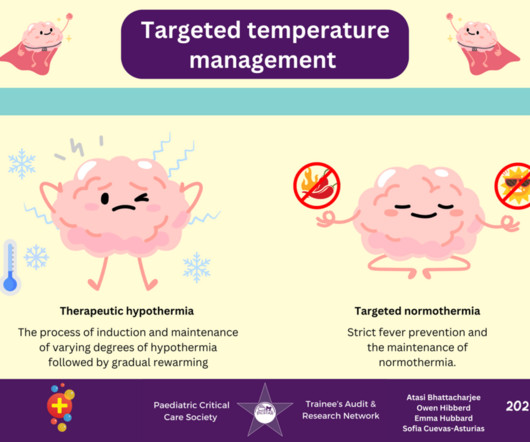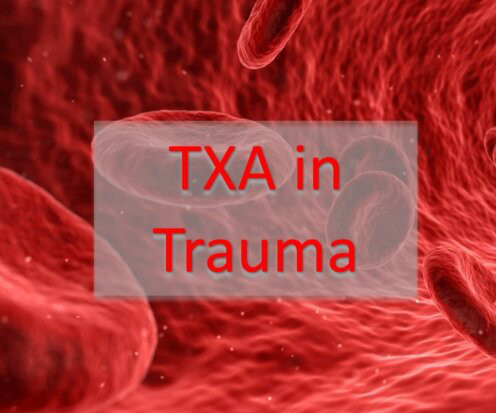SGEM#266: Old Man Take a Look at the Canadian CT Head Rule I’m a Lot Like You Were
The Skeptics' Guide to EM
SEPTEMBER 14, 2019
Case: It’s a busy night in the emergency department, your next patient is a well appearing 70-year-old man, presenting after a mechanical fall from standing with loss of consciousness. He is not on anticoagulation and there is no history of seizures. There are no other external signs of trauma on your exam.















Let's personalize your content